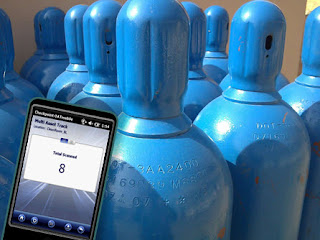The adoption curve for RFID-enabled retailing commonly looks like this:
What LP (Loss Prevention) leaders need to know is that they can, and should play a key role in the RFID planning process. An RFID-enabled inventory program often uncovers hidden sources of shrink, highlighting LP's impact on inventory accuracy. In addition, RFID inventory data can benefit LP by uncovering patterns of ORC and internal theft, which are hard to track using traditional methods.
We're holding an online event on December 12 to discuss trends, technologies and deployment tips for RFID in Retail, featuring:
- The research team behind the 2013 Global Retail Theft Barometer
- A 500+ store specialty retailer deploying RFID-based EAS for omni-channel inventory and loss prevention
- An LP industry luminary from the National Retail Federation and Disney Stores
Registration Link: RFID in Retail 2014: What LP Leaders Need to Know


























